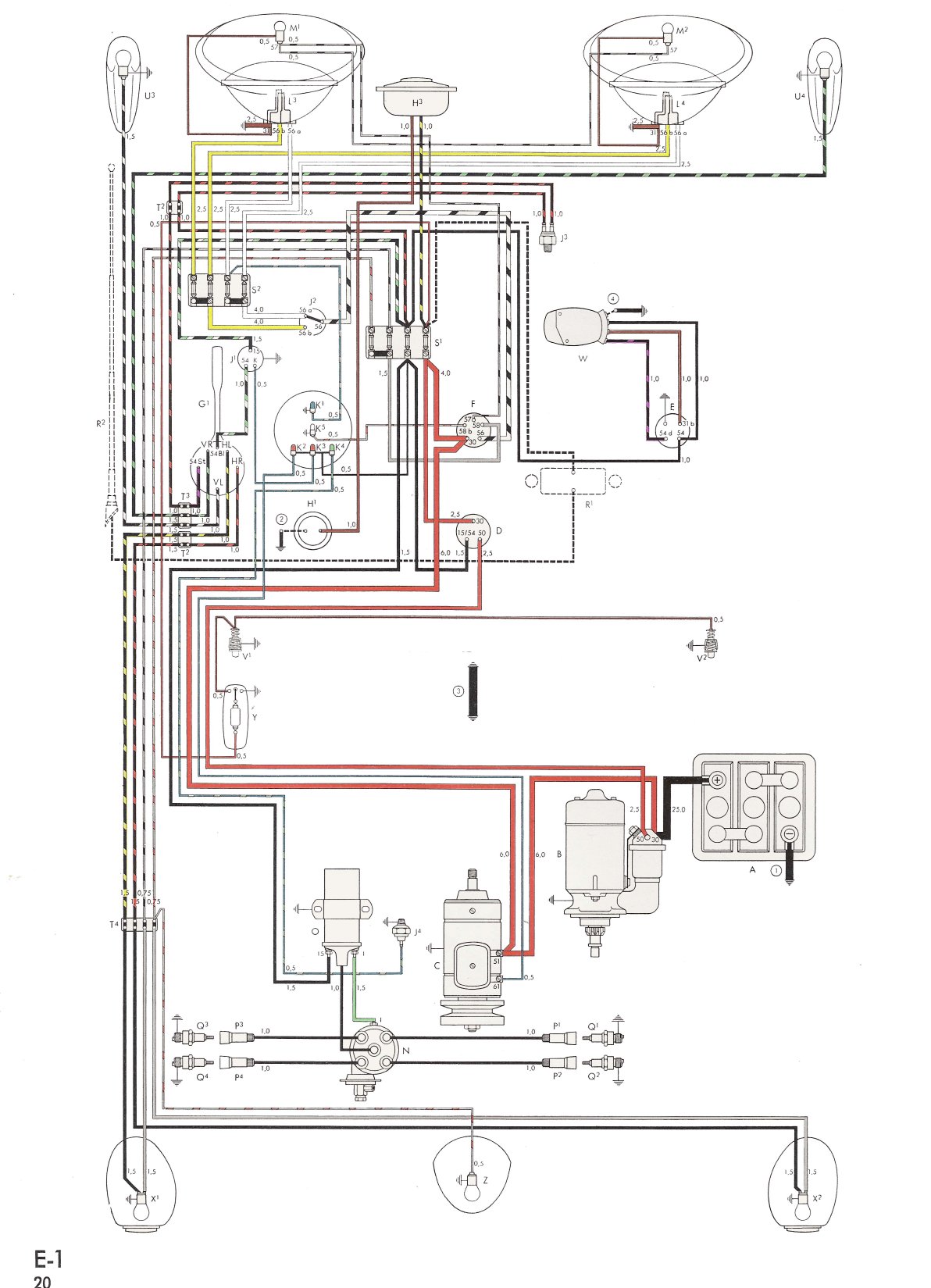Just a thought - Max's regulator will also need a high current diode to prevent the battery feeding the armature when the engine is stopped or the output is below battery voltage.
Electromechanical regulators has a second relay for that function, double wound for both voltage control and current sensing, if I remember right?
The voltage coil would pull in once the output reached near maximum, then the current winding countered that if the battery started to feed back and dropped the relay out.
I can remember (vaguely!) back when I was a kid, converting old vehicles to negative earth by simply swapping the battery round, and pushing one of the contacts in the regulator together, to repolarise the dynamo field coil
The starter motor works fine of course anyway, as it's a series motor.








